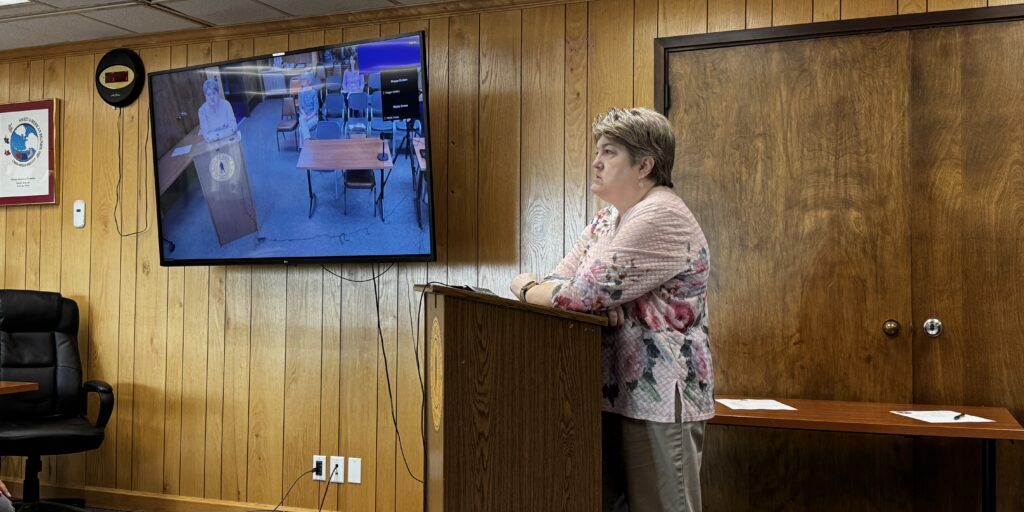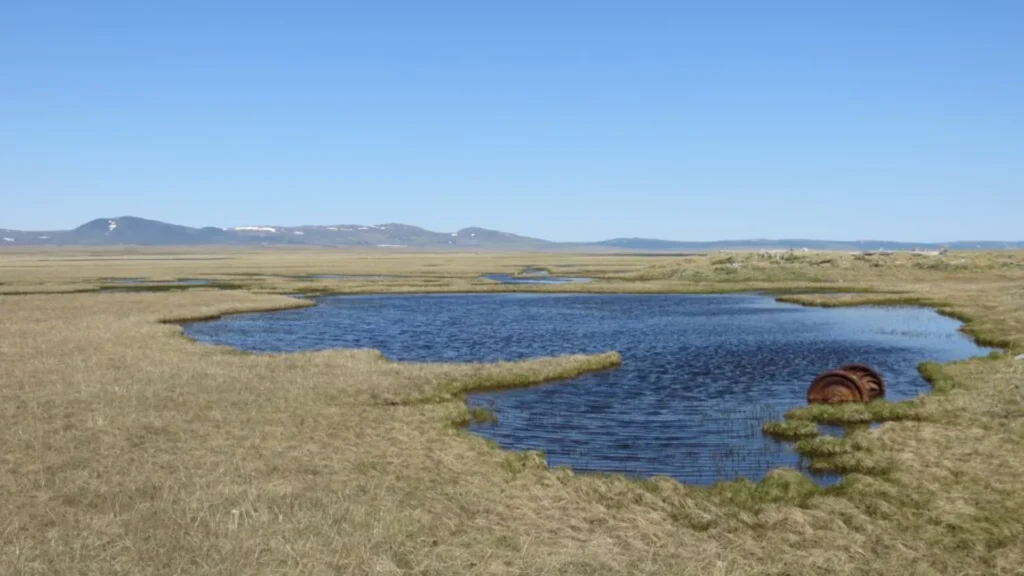For the second year in a row, the number of walrus harvested for subsistence on St. Lawrence Island is far below normal.
“It’s about half of what the average take has been over the last 10 years or so,” said Jim MacKracken, who supervises the walrus program for the U.S. Fish and Wildlife Service, which tracks population numbers based on strikes and successful harvests hunters report back.
Though some hunters are still boating as far as 70 miles north to the retreating ice edge, the majority of walrus pods are now past the island, and the preliminary harvest figures are low.
“The total for both Gambell and Savoonga so far is about 345 animals,” MacKracken said. “But we still are getting a few certificates back in, and I hear that people are picking up a walrus here and then. And as they migrate back South in the fall they may get a few, also.”
That’s split about evenly between the two communities, 176 in Gambell and 169 in Savoonga.
Based on what MacKracken has heard from hunters, the cause of the poor harvest is the same as last year.
“Generally it’s weather and ice conditions. You know the winds weren’t blowing quite right and the ice was packed in along the shore. A lot of the days the wind was blowing pretty hard so the sea was pretty rough and the fetch was high. It’s hard to get a boat out and go hunting in that kinda condition. Then of course a lot of times it’s foggy and it’s hard to hunt in the fog, ‘cause you can’t see where you’re going or see the animals,” MacKracken explained.
Walrus are the staple subsistence source on the island, and an essential economic and cultural resource. Last year the state declared an economic disaster because of the record low harvest.







